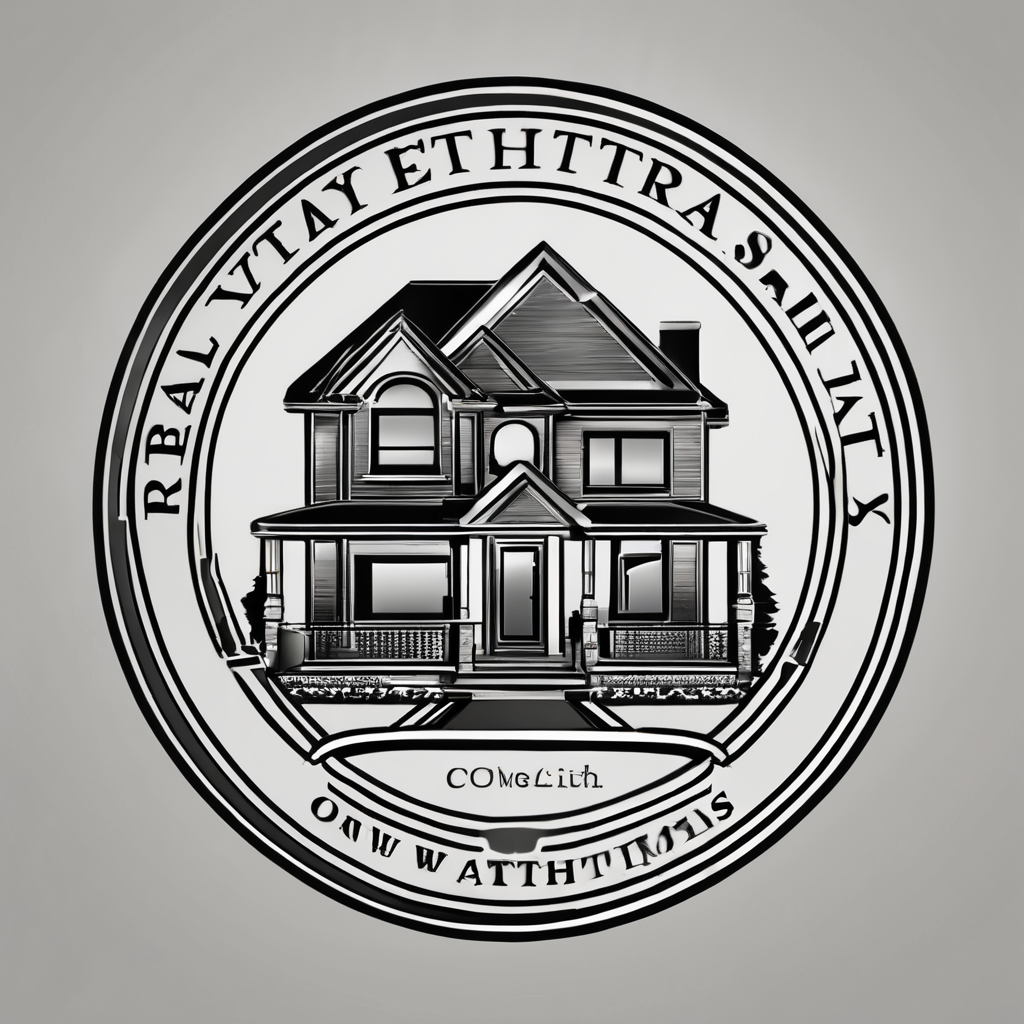The construction industry is a high-risk sector, particularly in the housing market. For property developers in the UK, managing these risks has always been a critical component of their operations. But in the face of economic uncertainties, the importance of effective risk management is even more pronounced. This article explores the recommended strategies for managing risks in the UK property development sector amid economic uncertainties.
Understanding the Risks in the Property Development Sector
Before delving into the strategies of risk management, it’s crucial to understand the various types of risks that developers may encounter in the property industry. These risks can broadly be categorised into financial, real estate market, construction, and economic risks.
En parallèle : How can first-time buyers maximize their LISA benefits for a UK property purchase?
Financial risks involve the potential for losses arising from financial decisions or events. For instance, if a developer invests heavily in a single project, they may face substantial losses if that project fails to deliver the expected returns.
Real estate market risks relate to fluctuations in the housing market that can affect property values and demand. A downturn in the housing market can result in lower property values, making it difficult for developers to sell their properties at a profit.
A voir aussi : How to ensure compliance with the UK’s complex property advertising regulations?
Construction risks are associated with the actual building process. Delays, cost overruns, and poor-quality workmanship can all impact the profitability and success of a project.
Finally, economic risks encompass a range of broad economic factors that can impact the property development industry, such as changes in interest rates, inflation, and economic growth rates.
Adopting a Comprehensive Risk Management Approach
After identifying the different types of risks, the next step is to adopt a comprehensive risk management approach. This involves assessing the potential impact of each risk, developing strategies to mitigate these risks, and implementing these strategies.
Risk assessment involves identifying all potential risks and evaluating their likelihood and potential impact. This helps companies prioritize risks that need to be addressed immediately and those that can be managed over time.
Risk mitigation involves developing strategies to reduce the likelihood or impact of identified risks. These strategies can include diversifying the investment portfolio, implementing quality control measures, and securing insurance coverage.
Risk implementation involves putting these strategies into action. This is a continuous process that requires regular monitoring and adjustments as necessary.
Navigating Financial Risks
Financial risks can be mitigated through a combination of careful budgeting, diversification, and securing adequate insurance coverage.
Careful budgeting is crucial in managing financial risks. Property developers need to accurately estimate the cost of their projects and ensure they have sufficient funds to cover these costs.
Diversification is another key strategy. By investing in a range of different projects and types of property, developers can spread their risk and reduce their reliance on a single investment.
Finally, securing adequate insurance coverage can provide a safety net in case of unexpected financial losses. For instance, builders risk insurance can cover losses due to damage or theft during construction, while liability insurance can protect against claims for negligence or accidents.
Managing Real Estate Market Risks
Managing real estate market risks involves staying informed about market trends, diversifying the property portfolio, and adjusting prices as necessary.
Staying informed about market trends can help developers anticipate changes in demand and adjust their strategies accordingly. This can involve conducting regular market research and staying abreast of news and developments in the property market.
Diversifying the property portfolio can also help manage market risks. By investing in different types of property and in different locations, developers can spread their risk and reduce their reliance on a single market.
Adjusting prices as necessary is another key strategy. In a downturn, developers may need to lower their prices to attract buyers. However, they should also be prepared to raise prices during periods of high demand to maximize profits.
Mitigating Construction Risks
Mitigating construction risks involves careful planning, implementing quality control measures, and securing adequate insurance coverage.
Careful planning is crucial in managing construction risks. This involves accurately estimating the time and resources needed for a project, and ensuring there is a contingency plan in place for any unexpected issues.
Implementing quality control measures can also help manage construction risks. This can involve regular inspections, employing experienced contractors, and using high-quality materials.
Finally, securing adequate insurance coverage can provide a safety net in case of unexpected issues during construction. For instance, builders risk insurance can cover losses due to damage or theft during construction, while liability insurance can protect against claims for negligence or accidents.
Navigating Economic Risks
Managing economic risks involves staying informed about economic trends, diversifying the investment portfolio, and securing adequate insurance coverage.
Staying informed about economic trends can help developers anticipate changes that may impact the property industry. This can involve monitoring changes in interest rates, inflation, and economic growth rates.
Diversifying the investment portfolio can also help manage economic risks. By investing in different types of property and in different locations, developers can spread their risk and reduce their reliance on a single economic factor.
Finally, securing adequate insurance coverage can provide a safety net in case of unexpected economic events. For instance, liability insurance can protect against claims for negligence or accidents, while business interruption insurance can cover losses due to unexpected business interruptions.
Coping with Risks Throughout the Property Development Life Cycle
The life cycle of a property development project presents different types of risks at each stage. From the planning and design phase through to construction and sale, property developers must remain vigilant and proactive in their risk management approach.
In the planning and design phase, developers may face risks related to zoning regulations, planning permissions, and changes in the local development plan. Risk mitigation strategies at this stage may include comprehensive research, securing professional advice, and ensuring flexibility in design plans.
The construction phase introduces risks related to construction costs, delays, and quality of work. These risks can be mitigated through careful project management, the use of experienced contractors, and rigorous quality control measures. Additionally, securing insurance coverage, such as builders risk insurance, can aid in managing potential financial fallout from unforeseen events like natural disasters.
In the sales phase, developers face risks related to the real estate market and cash flow. These risks can be managed by staying informed about market trends, diversifying the property portfolio, and maintaining healthy cash reserves.
It is also essential to note that economic risks are present throughout the project’s life cycle. Developers should closely monitor changes in interest rates, inflation rates, and broader economic trends. For instance, the current war in Ukraine has brought about financial instability and uncertainty, highlighting the need for developers to stay informed and prepared.
The Role of Insurance in Risk Management
The insurance industry plays a pivotal role in risk management for property developers. From coverage for construction costs in the case of natural disasters to protection against potential lawsuits, insurance provides a safety net that can mitigate the financial impact of various risks.
Builders risk insurance, for instance, covers losses due to damage or theft during construction. This type of insurance can be instrumental in managing the financial risks associated with construction projects.
Liability insurance, on the other hand, protects developers against claims for negligence or accidents. This coverage is vital in the construction industry, where the risk of accidents and injuries is relatively high.
Furthermore, business interruption insurance can cover losses due to unexpected business interruptions, such as those caused by economic events or natural disasters. This type of insurance can provide crucial support in managing the economic risks associated with property development.
Finally, property developers may also consider title insurance, which protects owners and lenders against property loss or damage due to liens, encumbrances, or defects in the title or actual ownership of a property.
In conclusion, amidst the economic uncertainties, UK property developers stand to gain from a comprehensive, proactive, and informed approach to risk management. This includes understanding the risks involved in the property development life cycle, adopting effective risk mitigation strategies, and leveraging the necessary insurance coverage. By doing so, developers can safeguard their investments and ensure the long-term viability and success of their projects. As the private sector continues to play a significant role in the UK’s housing market, these risk management strategies will continue to be of paramount importance.






